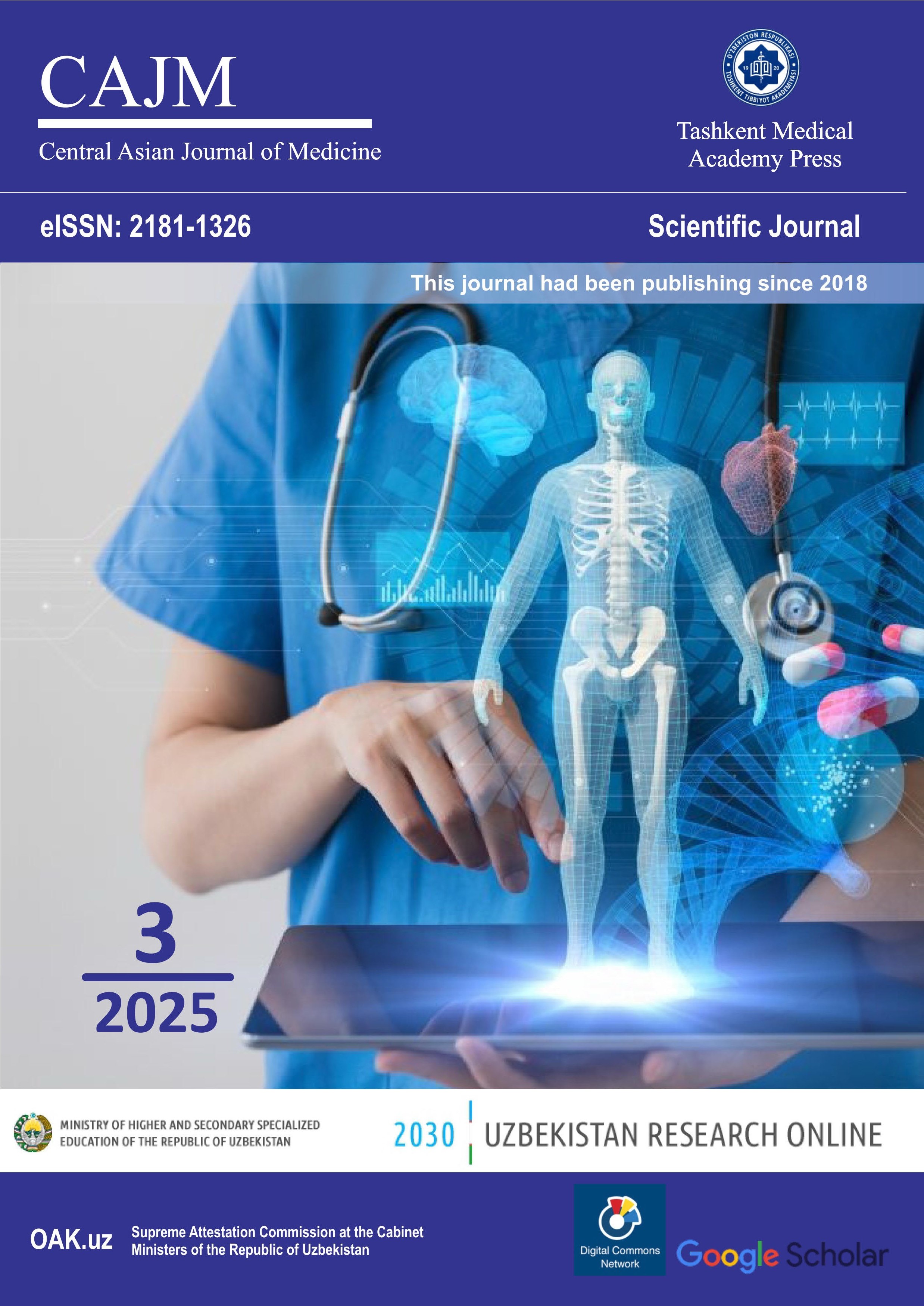MICROBIOLOGICAL ASPECTS AND MODERN DIAGNOSTICS OF WHOOPING COUGH IN CHILDREN
Keywords:
pertussis, Bordetella pertussis, pathogenic factors, pertussis toxin, laboratory diagnostics.Abstract
Despite widespread immunization efforts, whooping cough tenaciously persists as a global health concern. Frustratingly, the ideal diagnostic tool – one possessing high sensitivity and specificity, coupled with ease of reproducibility for seamless integration into clinical practice – remains elusive. The decades of the 1980s and 1990s, however, heralded a new era of understanding, yielding invaluable insights into the antigenic architecture of Bordetella pertussis and its arsenal of pathogenic weapons. This review delves into the pathogenic microbiological characteristics exhibited by isolated strains, illuminating the intricate mechanisms by which B. pertussis orchestrates the disease process. We explore the diverse pathogenic factors at play, dissecting their individual roles in disease progression and their collective contribution to the development of human immunity. Furthermore, we shed light on specific, often debated, facets of whooping cough pathogenesis. Finally, we present a critical assessment of current laboratory diagnostic methods for B. pertussis infection, carefully weighing their respective strengths and limitations, ultimately underscoring the ongoing need for improved diagnostic capabilities.

